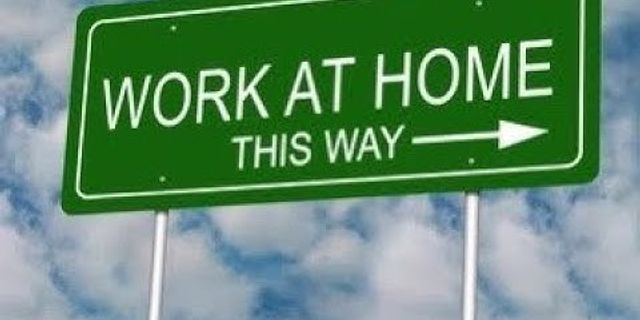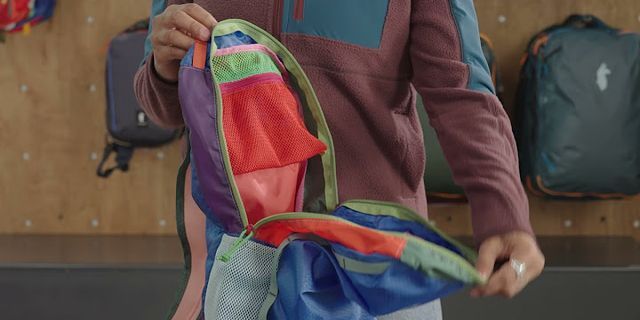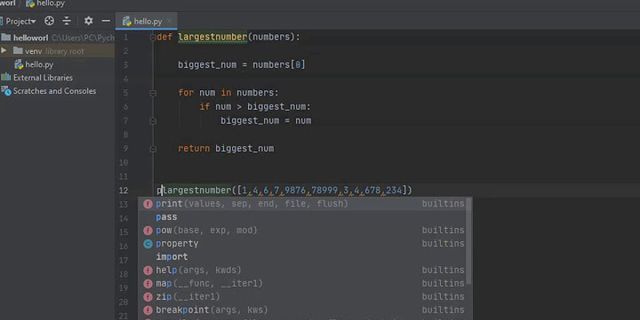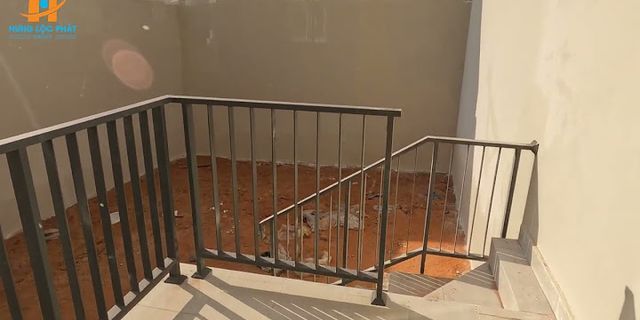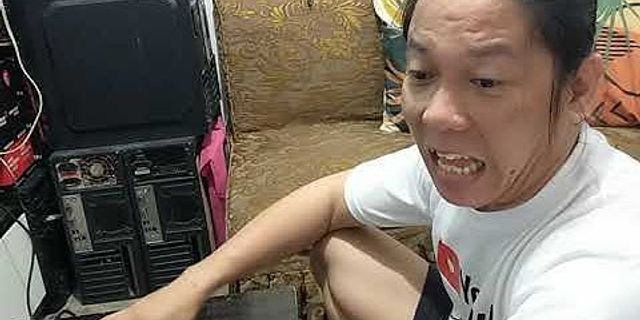-
Are all work areas clean, sanitized, and in order?
-
Is there adequate lighting?
-
Are noise levels acceptable?
-
Is ventilation adequate?
-
Are aisles and passages free of stored material that may present trip hazards?
-
Are tile floors in places like kitchens and bathrooms free of water and slippery substances?
-
Are carpets and throw rugs free of tears or trip hazards?
-
Are handrails provided on all fixed stairways?
-
Are treads provided with anit-slip surfaces?
-
Are step ladders provided for reaching overhead storage and are materials securely stored?
-
Are file drawers kept closed when not in use?
-
Are passenger and freight elevators inspected annually and are the inspection certificates available for online review?
-
Are pits and floor openings covered or otherwise guarded?
-
Are standard guardrails provided wherever aisle or walkway surfaces are elevated more than 48 inches above any adjacent floor or ground?
-
Are all furniture safe and free from damages?
-
Are objects covering heating and air conditioning vents?
-
Are employees advised of proper lifting techniques?
-
Are workstations configured to prevent common problems?
-
Chair height allows employees' feet to rest flat on the ground with thighs parallel to the floor?
-
Top of a computer screen is at or slightly below eye level, the keyboard is at elbow height.
-
Are mechanical aids and equipment, such as lifting devices, carts, dollies provided where needed?
-
Are employees surveyed annually on their ergonomic concerns?
-
Are established emergency phone numbers posted where they can be readily found in case of emergency?
-
Are employees trained on emergency procedures?
-
Are all cord and cable connections intact and secure?
-
Are electrical outlets free of overloads?
-
Is fixed wiring used instead of flexible/extension cords?
-
Are the area around electrical panels and breakers free from obstructions?
-
Are high-voltage electrical service rooms kept locked?
-
Are electrical cords routed such that they are free of sharp objects and clearly visible?
-
Are all electrical cords grounded?
-
Are electrical cords in good condition (free of splices, frays, etc.)?
-
Are electrical appliances approved (UL)?
-
Are electric fans provided with guards of not over one-half inch, preventing finger exposures?
-
Are space heaters UL listed and equipped with shutoffs that activate if the heater tips over?
-
Are space heaters located away from combustibles and properly ventilated?
-
In electrical rooms, are all electrical raceways and enclosures securely fastened in place?
-
Are clamps or other securing means provided on flexible cords or cables at plugs, receptacles, tools, equipment, etc., and is the cord jacket securely held in place?
-
Are sufficient access and working space provided and maintained about all electrical equipment to permit ready and safe operations and maintenance? (This space is 3 feet for less than 600 volts, 4 feet for more than 600 volts)
-
Are storage racks and shelves capable of supporting the intended load and materials stored safely?
-
Are storage racks secured from failing?
-
Are office equipment stored in a stable manner, not capable of falling?
Use this Template
×
Get started with this template in iAuditor to edit, save, share, and implement your processes.
Download to iAuditor
Print as PDF
What is iAuditor?
Download this checklist to iAuditor to edit, save, share, and implement your processes.
The templates available in our Public Library have been created by our customers and employees to help get you started using SafetyCulture's solutions.
The templates are intended to be used as hypothetical examples only and should not be used as a substitute for professional advice.
You should seek your own professional advice to determine if the use of a template is permissible in your workplace or jurisdiction.
Any ratings or scores displayed in our Public Library have not been verified by SafetyCulture for accuracy.
Users of our platform may provide a rating or score that is incorrect or misleading.
You should independently determine whether the template is suitable for your circumstances.
You can use our Public Library to search based on criteria such as industry and subject matter.
Search results are based on their relevance to your search and other criteria. We may feature checklists based on subject matters we think may be of interest to our customers.
-
One-third of the United States work force is located inside offices, according to Odessa College Occupational Safety and Health Technology. Although you may think of an office as a relatively safe work environment, a number of potential hazards could jeopardize the safety of your workers. A checklist provided by the Occupational Safety & Health Administration can help you maintain a safer office. Safety Officer -
Appoint one person as a safety officer who is responsible for periodically patrolling your workplace to check for possible hazards. This person should also conduct occasional safety exercises like fire drills. Emergency Preparation -
Your office workers should be prepared for any emergency that might arise. Post emergency numbers at each workstation and know the fastest route to the nearest medical facility. At least one person, most likely your safety offer, should also take CPR training, and your office should have a first aid kit at the ready. Floors and Carpets -
Floors should be kept clean and dry. Carpets should be secured to the floor and kept free of turned up edges or frayed areas that can cause tripping. Fire Safety -
Train your employees on proper evacuation procedures in the event of a fire, and clearly mark all exits while keeping them clear of debris. Train employees how to use a fire extinguisher and be sure your fire alarms are in working order. Equipment And Appliances -
Reduce fire hazards by replacing frayed electrical cords, and use power strips to reduce the need for extension cords. Check kitchen or break room appliances to ensure they are working properly. Remove Clutter -
Keep aisles clear of tripping hazards, including stacks of files or books. A simple thing, such as reminding employees to push their chairs in when they leave their work area, can also help prevent tripping accidents. Hazardous Fluids -
Offices make use of a variety of cleaning products that could contain harmful fumes, so be sure that these are used and stored properly. Desks And Chairs -
Your office employees will likely sit at their workstations for extended periods of time. Be sure that their chairs are adjustable to promote proper posture. Train them on proper keyboarding techniques to prevent afflictions, including carpal tunnel syndrome, and incorporate frequent breaks into their work routine. Noise -
Some offices are noisier than others. If loud noises are a part of your office environment, be sure that the volumes stay within acceptable levels. Air Quality -
Be sure that your work area is properly ventilated. Provide designated smoking areas where the smoke cannot infiltrate your office space.
|










